Contents
What is a 2sc2879 Transistor?
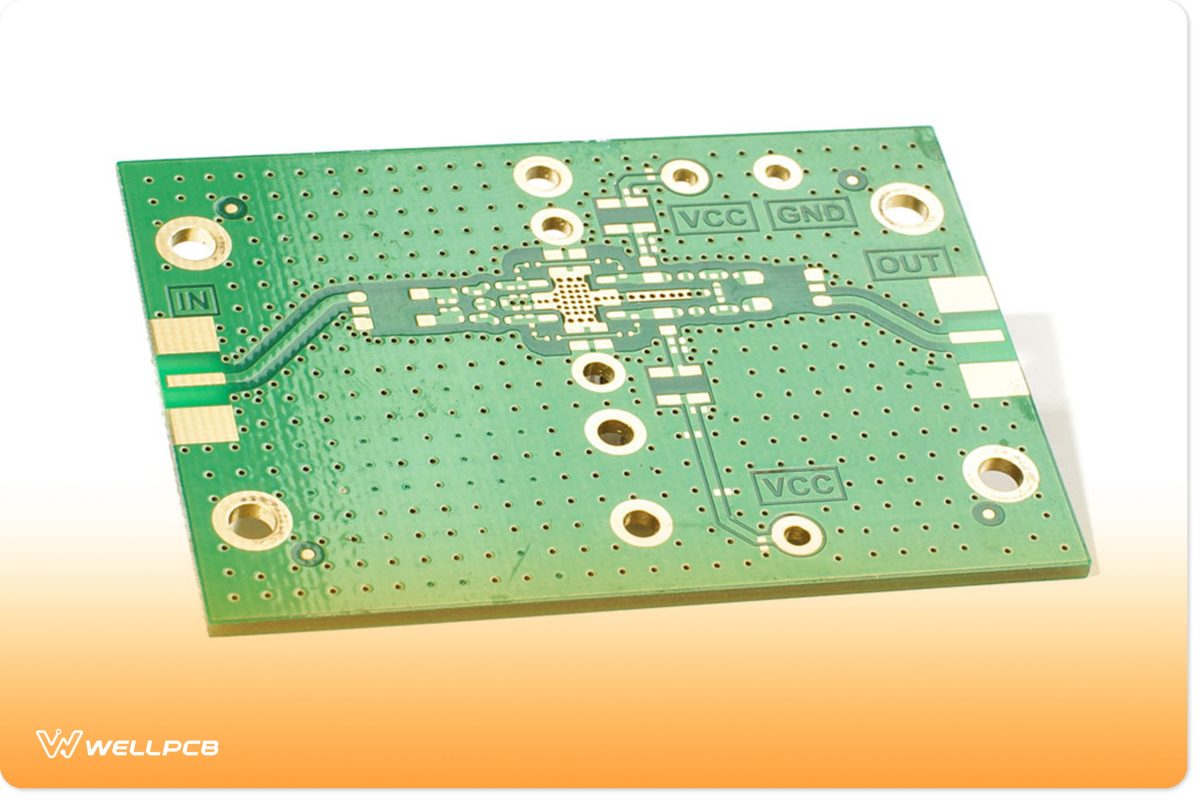
2SC2879 – Transistor is an NPN bipolar junction transistor. We categorize it as a 45v 25A Assorted Power Transistors in linear power amplifier applications. This transistor belongs to the frequency transistor family, especially under the RF power transistor. The amp transistor’s power transistor design operates under a frequency between 2-30MHz with a high voltage of 12.5v. However, we frequently set it to run at 28MHz. Moreover, since we are talking about its design, it can practically conquer a power of 120W. Contrary to the product description in the datasheet, this transistor original is more powerful.
The field-effect transistor voltage mark is 45 volts, while the collector current mark is 25 amps. Due to the features above and the biasing of the transistor, it is usually essential to use it in many switching applications and as an HG microwave RF tube transistor. However, this isn’t the case because it’s a transistor original, which means it’s more expensive.
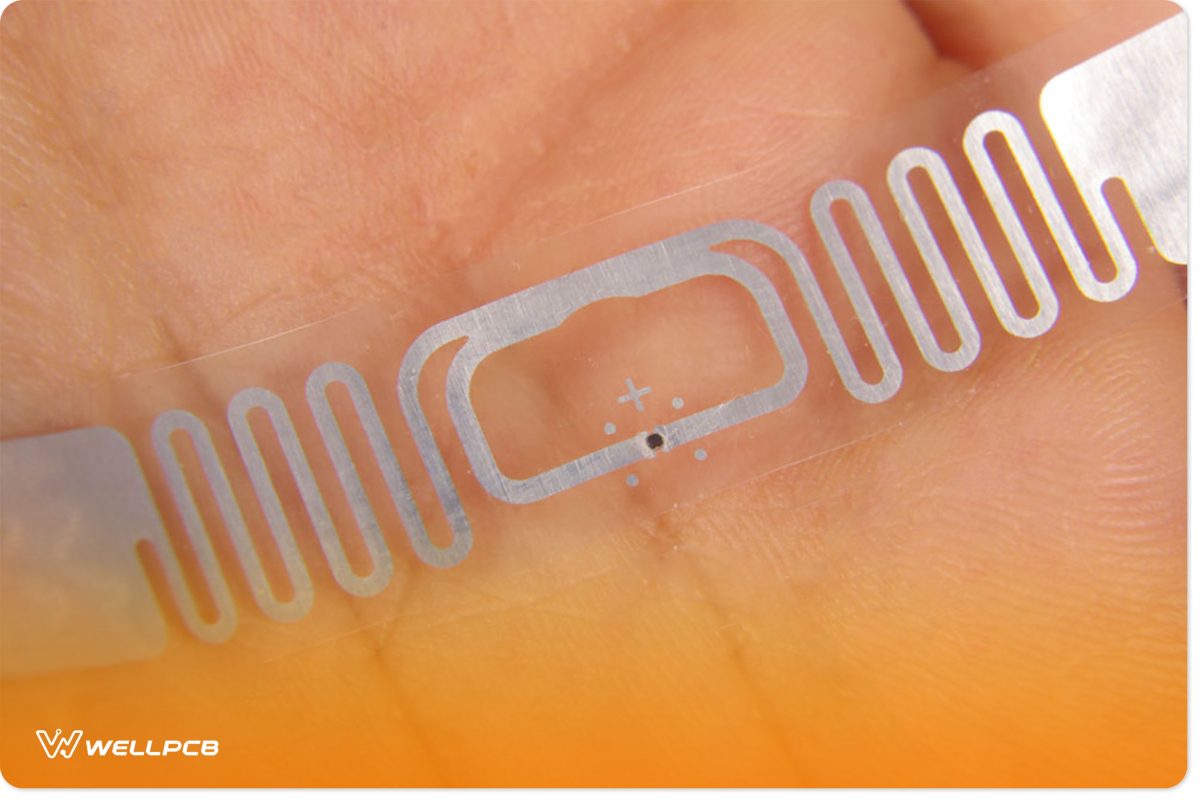
evidence of radiofrequency
Characteristics of the 2SC2879 Transistor
The key characteristics of the 2SC2879 NPN RF transistor are;
- It is an NPN RF power transistor
- DC gain (hFE) of 10 to 150
- Collector-emitter breakdown voltage: 45v
- Has a maximum output power of 250W efficiently in a boost converter.
- Has a base trigger voltage of 4v
- 45V collector to base voltage
- Has a continuous current collector of 25A
- It is available in a 4L FLP Package essential for a frequency tube microwave radio.
- It has a desirable junction voltage.
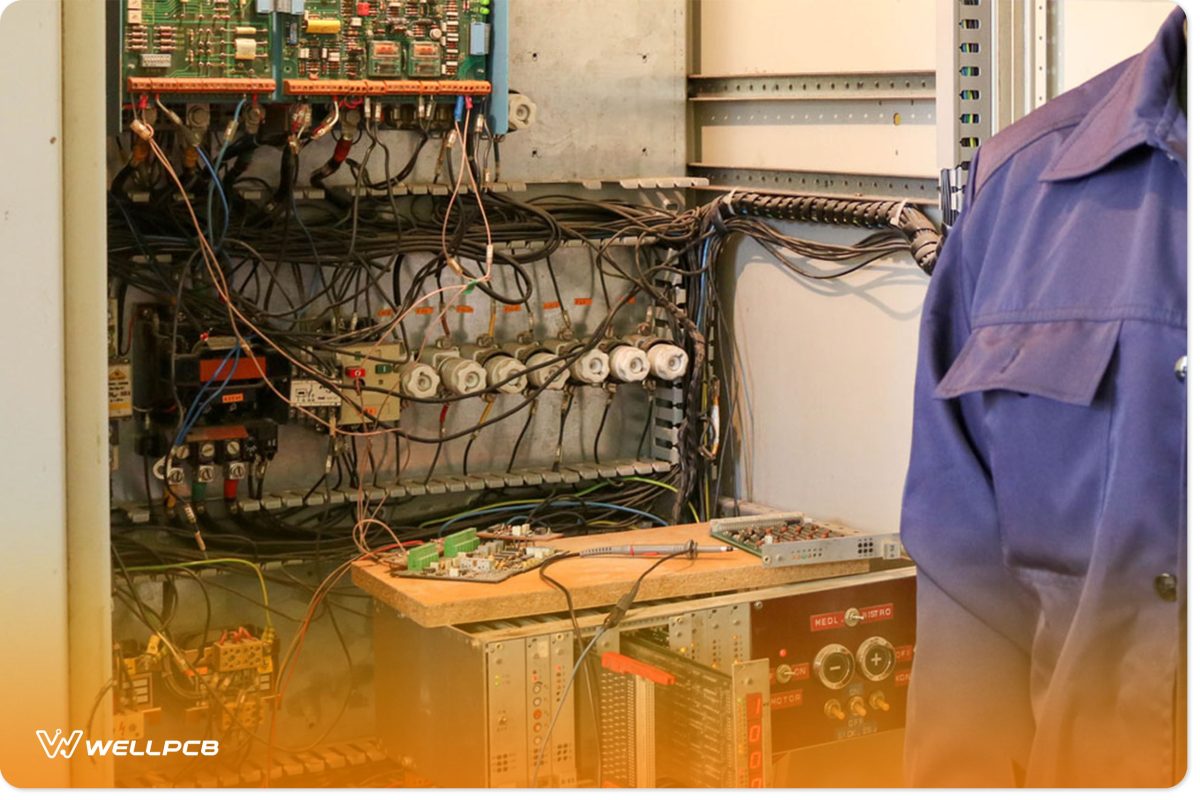
electrical panel with wires and transistors
2SC2879 Pin Configuration
The 2sc2879 field-effect transistor is a decent transistor consisting of 3 pins. These pin configuration descriptions are below;
| pin | pin name | pin description |
| 1 | base | controls biasing of transistors. It powers up or down the transistor. |
| 2 | collector | we connect the emitter to the ground; hence, current flows through it to the ground. |
| 3 | emitter | we connect the emitter to the ground; hence current flows through it to the ground. |
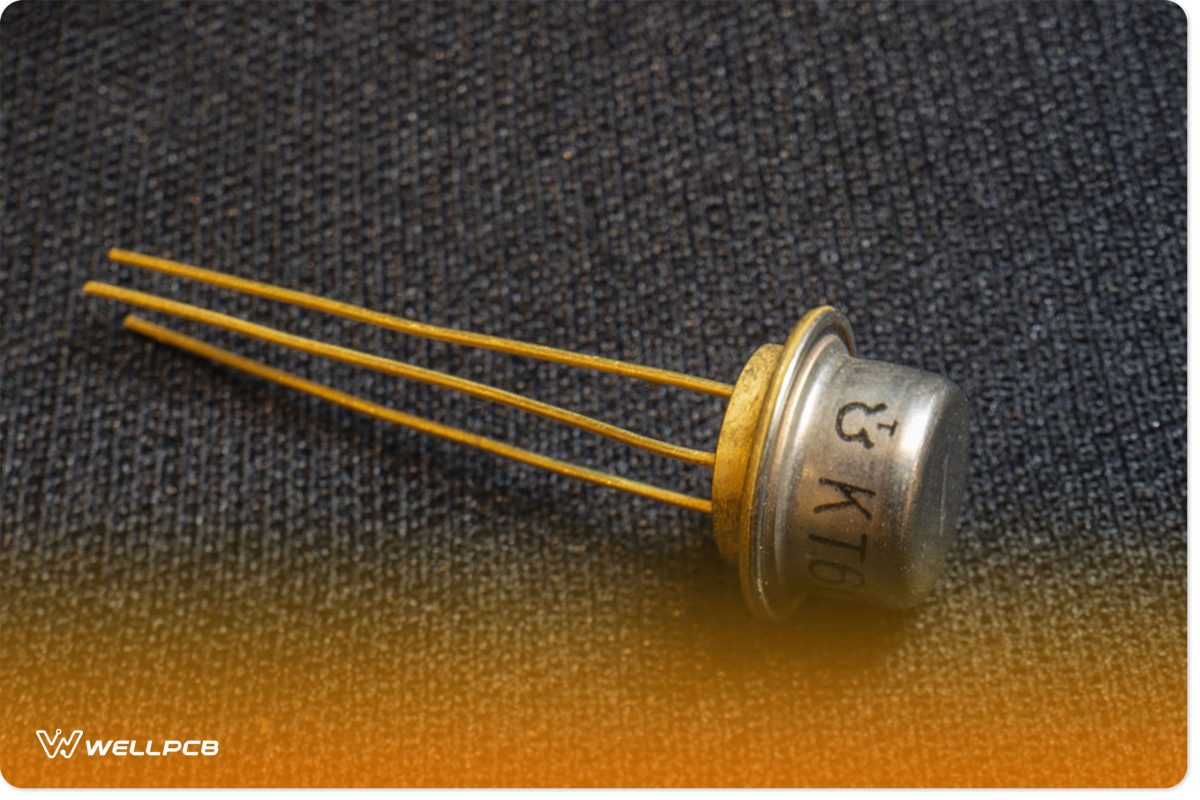
example of a three-pin transistor
Application of the 2sc2879 Transistor
- Firstly, we use this popular transistor in a linear audio frequency amplifier. Therefore, we can categorize it in the power amplifier transistor collection.
- Secondly, we use it as an electric tool power transistor in circuits that require high current switching of up to 25A, for example, in a microwave radio frequency module.
- Thirdly, they work well as medium power switches in electronic devices.
- Additionally, since it is both a bipolar transistor and a frequency transistor, we use it in the AF/RF circuits.
- Also, efficient to use in low slew rate devices as electronic components transistors.
- Moreover, used in huge applications as an amplifier with switch mode as output transistors.
- Lastly, we use the 2SC2879-RFP transistor in circuits that require push and pull configurations.
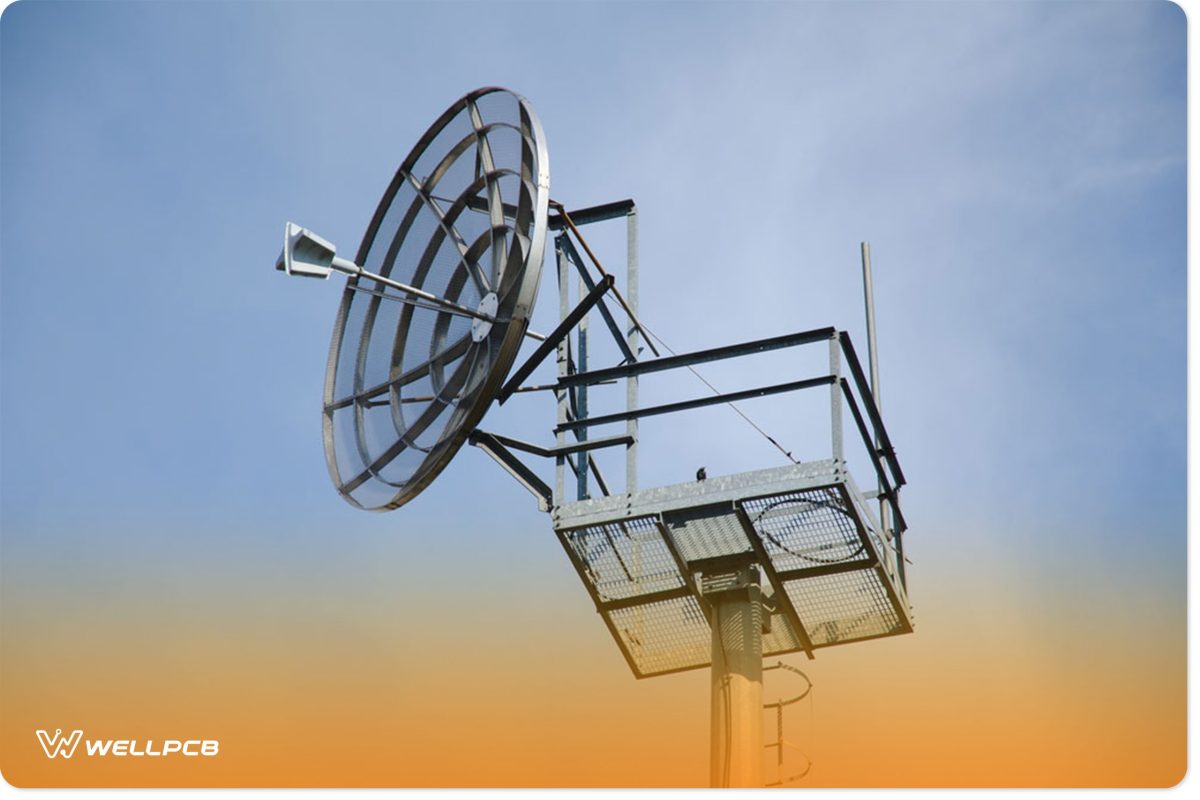
(a radio antenna.)
Summary
2SC2879 transistor is the oldest field-effect transistor in the market today. Since its establishment, many companies have developed different types of transistors. However old this transistor might be, we can still use it on many devices, and it works correctly.
We hope this article answers any of your transistor-related questions. If you like it, please check out more articles from us. Also, do not hesitate to contact us for additional information.





